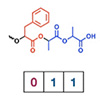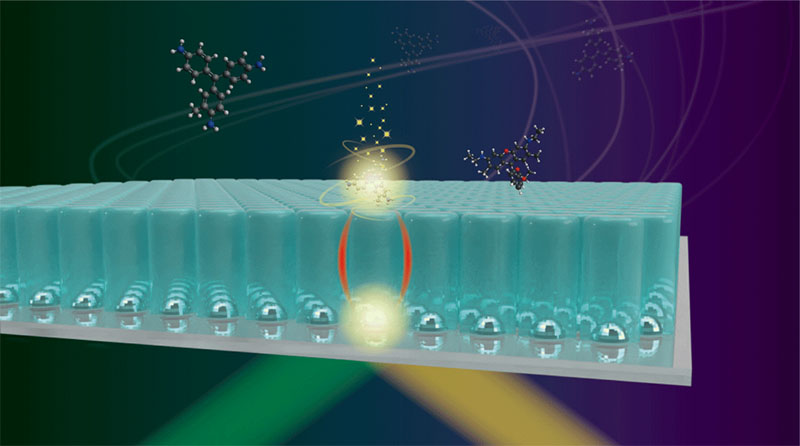Oct 28, 2024 (Nanowerk News) CRISPR-Cas9 has long been likened to a kind of genetic scissors, thanks to its ability to snip out any desired section of DNA with elegant precision. But it turns out that CRISPR systems have more than one strategy in their toolkit. A mechanism originally discovered...
Seeing a black hole’s jet in a new light
Oct 28, 2024 (Nanowerk News) Research led by the University of Michigan has pored over more than two decades’ worth of data from NASA’s Chandra X-Ray Observatory to show there’s new knotty science to discover around black holes. In particular, the study looks at the high-energy jet of particles being...
Astronomers discover one of the fastest-spinning stars in the Universe
Oct 28, 2024 (Nanowerk News) The Milky Way still holds many secrets about the universe. Now, researchers from DTU have managed to uncover one of them using an X-ray space telescope mounted on the International Space Station (ISS). It is a small but extremely massive and fast-spinning object - a...
More efficient data retrieval from synthetic molecular polymer data storage
Oct 28, 2024 (Nanowerk News) Increasing amounts of data require storage, often for long periods. Synthetic polymers are an alternative to conventional storage media because they maintain stored information while using less space and energy. However, data retrieval by mass spectrometry limits the length and thus the storage capacity of...
What if you eat nanoplastics?
Oct 28, 2024 (Nanowerk News) In a laboratory set-up simulating the human stomach and intestine, researchers at the University of Amsterdam have explored the fate of plastic nanoparticles during gastrointestinal digestion. In a paper in Chemosphere ("What if you eat nanoplastics? Simulating nanoplastics fate during gastrointestinal digestion"), they report how...
Nanoscale layer boosts signal strength in fluorescence and Raman spectroscopy
Oct 28, 2024 (Nanowerk News) While we might picture a biologist as a researcher hunched over a light microscope, carefully scrutinizing a single bacterium, modern scientists have more powerful instruments at their disposal to investigate, at much smaller scales, the internal structures of living cells. Fluorescence and Raman spectroscopy have...
A single thin film perfectly absorbs all electromagnetic waves
Oct 28, 2024 (Nanowerk News) The research team of Dr. Byeongjin Park and Dr. Sang Bok Lee from the Composites & Convergence Materials Research Division at the Korea Institute of Materials Science (KIMS), has developed the world's first ultra-thin film composite material capable of absorbing over 99% of electromagnetic waves...







